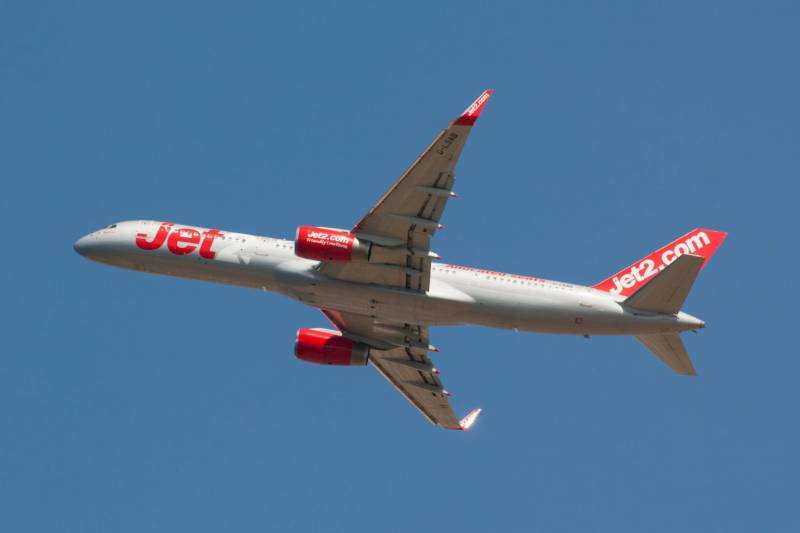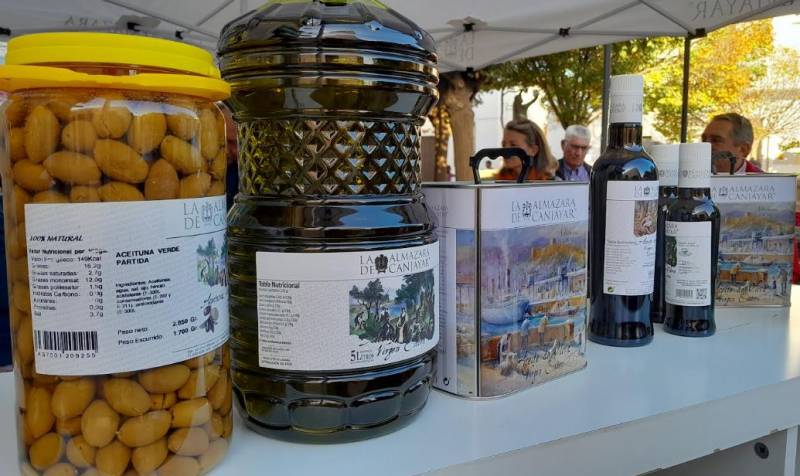

Guidelines for submitting articles to Roda Golf Resort Today
Hello, and thank you for choosing La Torre Today.com to publicise your organisation’s info or event.
Roda Golf Resort Today is a website set up by Murcia Today specifically for residents of the urbanisation in Southwest Murcia, providing news and information on what’s happening in the local area, which is the largest English-speaking expat area in the Region of Murcia.
When submitting text to be included on Roda Golf Resort Today, please abide by the following guidelines so we can upload your article as swiftly as possible:
Send an email to editor@spaintodayonline.com or contact@murciatoday.com
Attach the information in a Word Document or Google Doc
Include all relevant points, including:
Who is the organisation running the event?
Where is it happening?
When?
How much does it cost?
Is it necessary to book beforehand, or can people just show up on the day?
…but try not to exceed 300 words
Also attach a photo to illustrate your article, no more than 100kb

New audio guide tour of the church of San Patricio IN ENGLISH
Visit and learn about the former Collegiate Church of San Patricio at your own pace
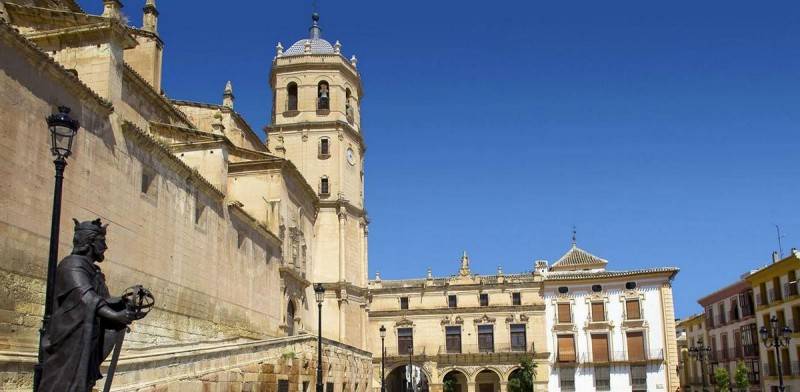 A new tour is being offered in Lorca this summer of the former Collegiate Church of San Patricio, enabling both visitors and locals to enjoy the artistic heritage of the historic city every day of the week except on Mondays through visits in which audio guides are available in Spanish, English and French.
A new tour is being offered in Lorca this summer of the former Collegiate Church of San Patricio, enabling both visitors and locals to enjoy the artistic heritage of the historic city every day of the week except on Mondays through visits in which audio guides are available in Spanish, English and French.
These audio guides can be used either with headsets or through a QR code on smartphones.
The tour includes both the exterior of the building and the inside, where visitors can see the main altar, the pulpit, the chapel of the Virgen del Alcázar, the tower, the sacristy and the crypt.
At the same time a new website has been created – click here - and an official souvenir shop opened to further encourage visitors to see what Mayor Francisco Gil Jódar describes as “the jewel in the Crown of Lorca’s architectural heritage”. Somewhat surprisingly, the new website does not have an English language version, but fortunately Lorca Today provides plenty of background information here.
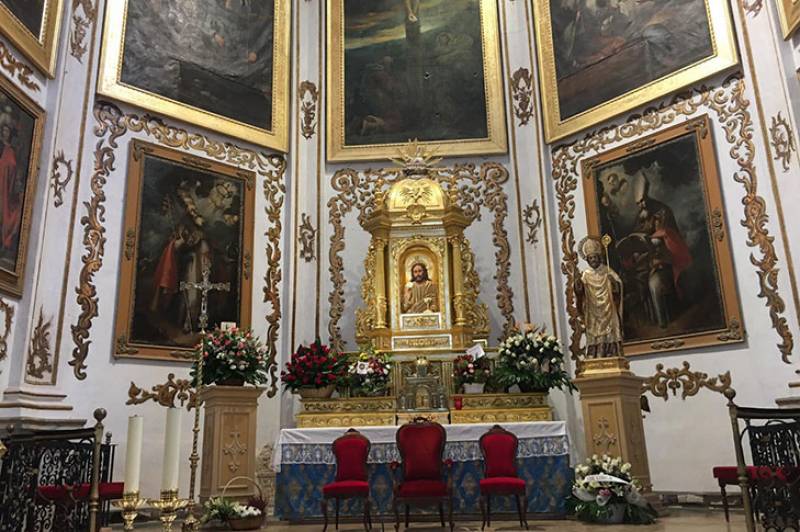 It is anticipated that this tour will help boost visitor numbers at what is widely considered to be the second most important church in the Region of Murcia (after the Cathedral of Murcia), and is, along with the Palacio de Guevara, one of the unquestioned highlights of a tour of the old centre of Lorca.
It is anticipated that this tour will help boost visitor numbers at what is widely considered to be the second most important church in the Region of Murcia (after the Cathedral of Murcia), and is, along with the Palacio de Guevara, one of the unquestioned highlights of a tour of the old centre of Lorca.
Visiting times are as follows:
Monday to Saturday 10.30 to 14.30 and 17.00 to 19.00
Sunday 10.00 to 12.30
The last admission is 30 minutes before the doors close.
Cost
Standard: 6 euros
Reduced: 5 euros for over-65s, young people, unemployed, and those with limited physical or mental capacities. Those with over 66% discapacity may enter free of charge.
Groups of over 15 people: 4 euros per head
Bookings can be made by email to sanpatricio@artisplendore.com.
History of the cathedral-sized church
The construction of the church was decided upon to commemorate the victory which was achieved by Alonso Fajardo “El Bravo” against Moorish raiders from Granada in the Battle of Los Alporchones in 1452. The battle took place on March 17 of that year, hence the insistence of the Lorquinos on dedicating the new church to Saint Patrick, and as the design phase progressed it soon emerged that this was to be no ordinary church. Instead it took on the dimensions of a Cathedral, these aspirations of grandeur stemming from the prosperity of Lorca in the 16th century following the expulsion of the Moors from neighbouring Granada in 1492.
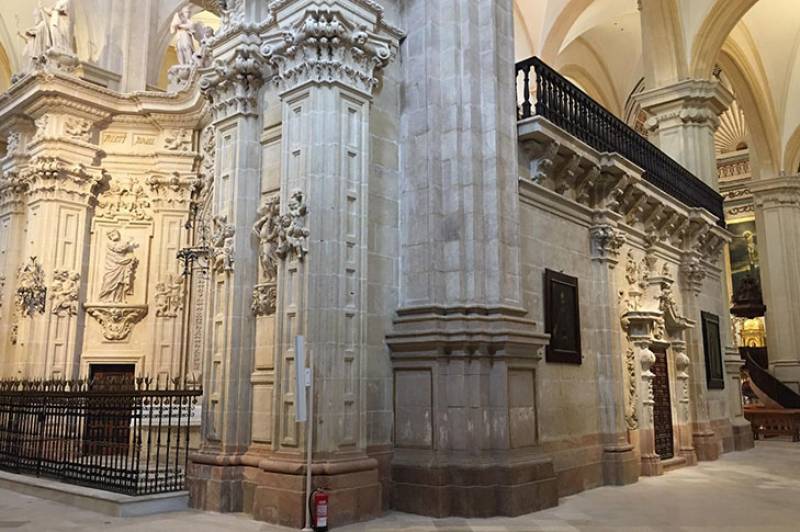 A Papal Bull was issued by Clement VII as long as 80 years later authorizing its construction on the site of a previous church dedicated to San Jorge: thus the city of Lorca shifted its allegiance from the patron saint of England to the patron saint of Ireland! In fact, during recent restoration work a series of frescos from the original church dedicated to Saint George were uncovered.
A Papal Bull was issued by Clement VII as long as 80 years later authorizing its construction on the site of a previous church dedicated to San Jorge: thus the city of Lorca shifted its allegiance from the patron saint of England to the patron saint of Ireland! In fact, during recent restoration work a series of frescos from the original church dedicated to Saint George were uncovered.
Even after permission to build had been granted, the construction of San Patricio was not achieved overnight, and a series of delays meant that the building was not pronounced complete according to the guidelines drawn up by Jerónimo Quijano until 1780. This accounts for there being a baroque façade on a building started in the 16th century, and a variety of architectural influences can be seen in the three naves, twelve side chapels, choir, bell-tower and ambulatory.
Part of the delay in building was due to a series of disasters which affected Lorca in the 17th century, including drought, earthquakes, floods and epidemics. The river Guadalentín burst its banks in 1651 and 1653, a plague of locusts destroyed crops in 1647, an earthquake struck in 1674, and amid the resulting economic downturn people left the city in droves. Unsurprisingly this slowed progress down at the church of San Patricio, and the only development to speak of was the building of the walls which surround the building.
It was the 18th century which saw the end of construction, with the vaulted roof, the bell-tower and the main doors finally taking shape.
One of the consequences of the earthquakes which struck in Lorca in May 2011 was that the church suffered extensive damage, and it was not until 2017 that restoration was completed. Fittingly, San Patricio reopened to the public to coincide with Saint Patrick’s Day, although the pinnacles on the roof were not reinstalled until three months later.
Outstanding features
It is the main façade which is nowadays viewed as the most outstanding feature of San Patricio, dating from between 1694 and 1704 and rivaling the structures which adorn the Cathedral of Murcia and the Basílica de la Vera Cruz in Caravaca as prime examples of the Murcia baroque style.
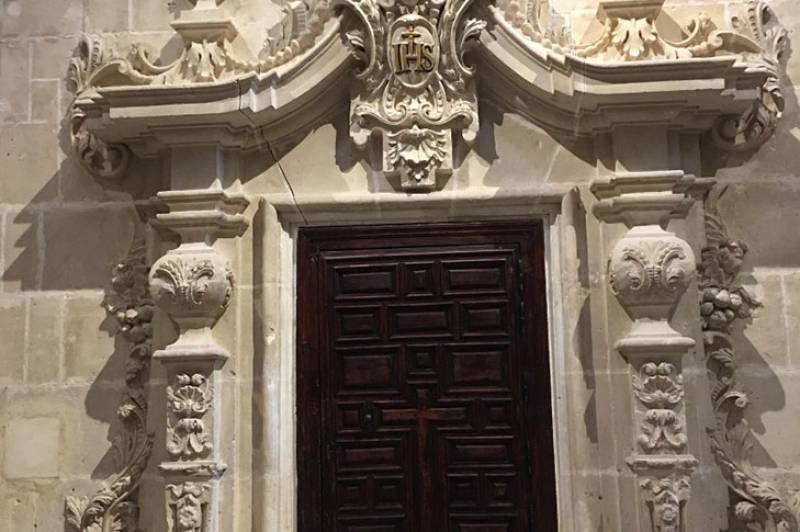 Elements of this façade show the influence not only of architects in Valencia and Granada but also the sober style typical of Jesuit buildings in Lorca and elsewhere in south-eastern Spain, especially in the higher of the three levels.
Elements of this façade show the influence not only of architects in Valencia and Granada but also the sober style typical of Jesuit buildings in Lorca and elsewhere in south-eastern Spain, especially in the higher of the three levels.
Another important feature of the church is the door on the southern side, which after it was built in 1571 was the main entrance for many years. Again it is themed on the design of a triumphal arch, above which are three niches, the central one containing an image of the Virgin Mary while the others are home to San Francisco de Asís and San Antonio de Padua.
Access from the Calle Abad de los Arcos on the northern side of the church is via the Portada de la Epístol, which was the work of stonemason Lorenzo de Goenaga in the second half of the 16th century.
The four-storey bell-tower is built entirely of stone, and the two phases of its construction can clearly be distinguished, the first dating from the 16th century and the second from the last years of building, after 1761.
Another important feature is the chapter rooms of the church, which date from 1741 and are located next to the main building. The four arches include the one which spans Calle Cava, while the second floor boasts four balconies and the building is topped by gargoyles and pinnacles alongside a statue of San Patricio.
Inside, one of the first features to catch the eye is the monumental main altar, which belongs to the Renaissance style although the decoration which surrounds it was renewed in its entirety following the destruction of the Spanish Civil War (1936-39). Only the ornate railings created by José de Campos in 1734 remain of the original ornamentation.
At the centre of the altar screen is a painting of the crucifixion by Wssel de Guimbarda (1897), while others show San Clemente, San Patricio, the Adoration of the Magi and the Shepherds, the Resurrection, the Assumption, San Jorge and San Millán.
A baptismal font from the church of San Roque, which dates from between the 12th and the 14th century, has been placed in a side chapel near the Epístola door, while during the restoration work after the earthquakes of 2011 workers discovered a staircase which leads down to one of the old burial crypts. Inscriptions remain on only three of the niches, dating them to the 17th century, and the finding of this room raises the intriguing question of how many other secrets might lie beneath the floor of the nave!
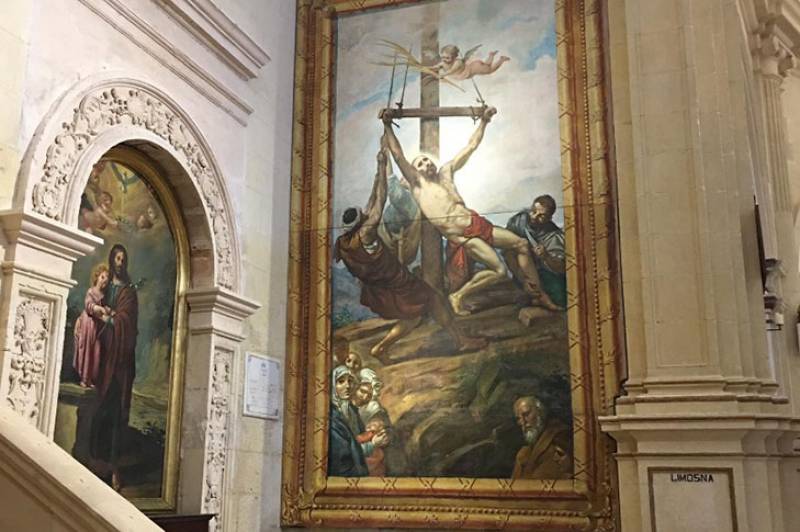 But in the restored church of San Patricio perhaps the outstanding feature is the religious artwork, much of it painted (although sculptures are also present). Restoration staff found traces of the original paint which was used to decorate the chapels alongside the main nave and in the apse, and many of these have now been re-decorated.
But in the restored church of San Patricio perhaps the outstanding feature is the religious artwork, much of it painted (although sculptures are also present). Restoration staff found traces of the original paint which was used to decorate the chapels alongside the main nave and in the apse, and many of these have now been re-decorated.
The church of San Patricio in Lorca may never have achieved the Cathedral status which its founders intended, and may have lost its Collegiate privileges over 100 years ago, but nonetheless it remains the second largest and one of the most important in the Region of Murcia, and the artwork is one of the elements which lend it that high degree of prestige.
When visiting Lorca one of your first ports of call should be the tourist office in Plaza de España (telephone 968 441914, email lorcaturismo@lorca.es).
For more local events, news and visiting information go to the home page of Lorca Today.
Sign up for the Spanish News Today Editors Roundup Weekly Bulletin and get an email with all the week’s news straight to your inbox
Special offer: Subscribe now for 25% off (36.95 euros for 48 Bulletins)
OR
you can sign up to our FREE weekly roundup!
Read some of our recent bulletins:
Discount Special Offer subscription:
36.95€ for 48 Editor’s Weekly News Roundup bulletins!
Please CLICK THE BUTTON to subscribe.
(List price 3 months 12 Bulletins)
Read more stories from around Spain:









